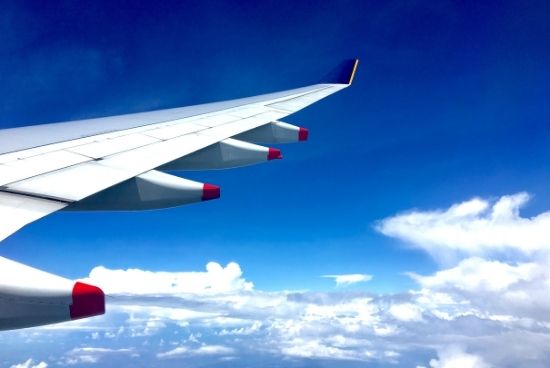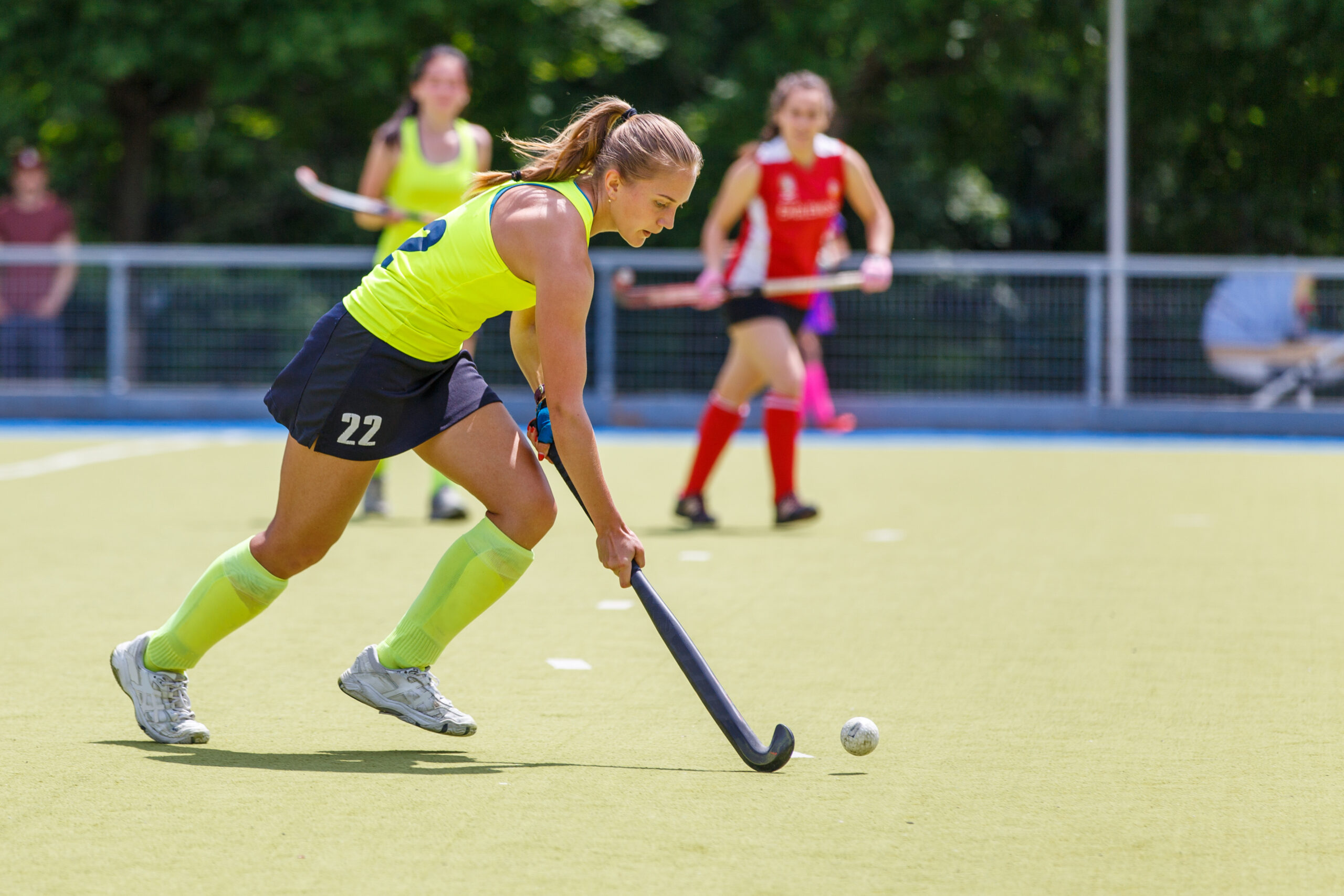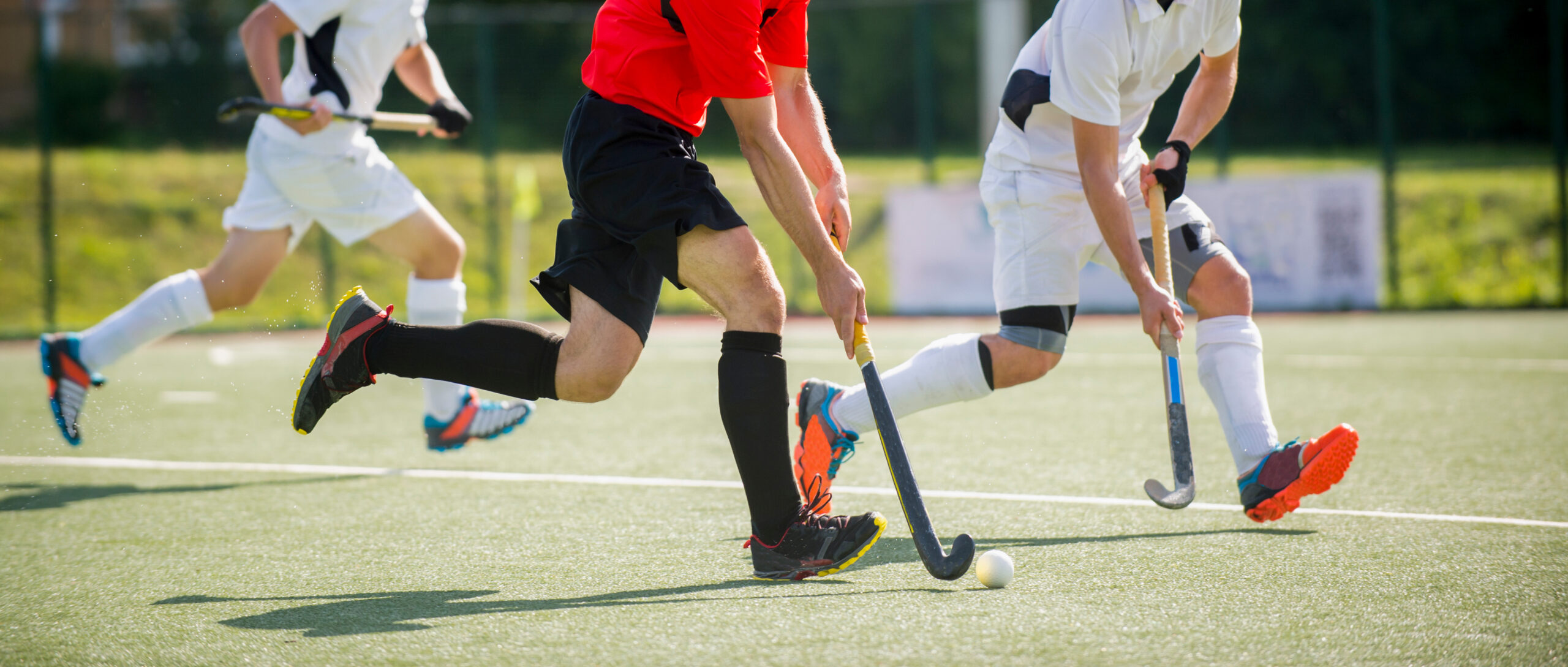While ice hockey is particularly popular in North America, field hockey is the more popular form played in Australia, New Zealand, Europe, Asia, and other parts of the world and enjoys a strong following in these countries. The team sport is played on grass or artificial turf fields, and it is known for its fast-paced and skilful play, with the primary objective to score goals by hitting a ball into the opposing team's goal using a curved stick. Each team defends its own goal and tries to attack the opposing team's goal. Field hockey is played at various levels, from grassroots and school competitions to international tournaments. Major international events include the Hockey World Cup, the Olympic Games, and regional tournaments like the European Championship and the Asian Games. Field hockey requires skills such as dribbling, passing, shooting, and defending. Players must also have excellent hand-eye coordination, field awareness, and the ability to work effectively as a team.

For the perfect accommodation in your desired destination, Team Trips has many options. You can choose from budget to mid-range to sheer luxury in New Zealand, Australia, Bali and Fiji. Our accommodation suits every budget and group size, so don’t hesitate to contact us to discuss your hockey team trip accommodation needs.
SEE GROUP ACCOMMODATION
When it comes to flights, you’ll find the best deals at Team Trips for a hockey getaway. We are experts in the industry, and we are accredited by AFTA (Australian Federation of Travel Agents) and ATAS (Australian Travel Accreditation Scheme), meaning you’re in trustworthy hands.

Girls, pack your bags for the ultimate team bonding experience with our great packages, which are sure to cater to everyone’s tastes and preferences. We have various packages allowing you to make the most of your time in your chosen destination – guaranteeing a fun-filled trip.

Get ready for the adventure of a lifetime! Team Trips has so many packages to choose from you’ll be spoilt for choice. Plus, we also allow you to customise your own package, giving you the flexibility of creating your dream team trip getaway, so don’t hesitate to contact one of our expert team today!
The top NZIHL Hockey Ladderboard in New Zealand in 2024 are as follows:
Field hockey has a set of rules and regulations that govern the game. These rules cover aspects like dribbling, passing, shooting, and tackling. It also includes penalties for fouls, such as stick tackles, body contact, and dangerous play, which result in yellow and red cards being shown to players for serious infringements, with players receiving suspensions for specified durations.
TRADITIONAL PLAYING POSITIONS
Traditional field hockey has specific player positions. The field players are divided into forwards, midfielders, and defenders, each with specific roles and responsibilities.
They are: The goalkeeper, Fullbacks (FB) or Defenders, Midfielders, who play a key role in controlling the game as they are positioned in the centre of the field, and wing backs. Centre forwards and wingers work together to create goal-scoring opportunities, and the sweeper position is more common in traditional field hockey.
Today, field hockey strongly emphasises player skills, speed, and agility. Athletes are better trained, and their stickhandling, passing, and shooting abilities have improved. Many players in field hockey are expected to both defend and attack, and positions are not as rigidly defined as in the past.
There have been increased advances in equipment, such as composite sticks, and video technology is used for refereeing decisions.
Inclusivity is another major development, with efforts being made to eliminate discrimination and encourage participation from individuals of all backgrounds, genders, and abilities.
And women’s hockey has gained significant attention, with international competitions being fiercely contested.
Field hockey periodically updates its rules to improve the sport’s safety, fairness, and entertainment value. These rule changes are often overseen by the International Hockey Federation (FIH).
Some of the new rules include:
These are just of the new rules in place.
The modern form of field hockey began to take shape in medieval Europe, particularly in England and the Netherlands. Early versions of the game were played on grass fields.
In the 19th century, the British played a pivotal role in developing and standardising field hockey. The first set of written rules for field hockey was established at Blackheath, London, in 1861.
The sport started spreading globally, with field hockey competitions between countries becoming more common. The International Hockey Federation (FIH) was founded in 1924 to oversee and govern international competitions. Field hockey was then included in the Olympic Games for men in 1908 and for women in 1980.
Today, field hockey is played and watched by millions worldwide, with major international tournaments, such as the Hockey World Cup and the Olympic Games, showcasing the best teams and players on the world stage. These tournaments attract a global audience and high levels of competition.
A standard field hockey team consists of 11 players, including a goalkeeper, on the field simultaneously.
A standard field hockey match consists of two halves, each typically lasting 35 minutes at the international level. Shorter formats with 25-minute halves are also standard in lower-level competitions.
Players use a field hockey stick with a curved end for better ball control. They also wear protective gear, including shin guards, mouthguards, and sometimes a helmet. The goalkeeper wears additional protective gear, including leg guards, chest protectors, and a helmet with a face cage.










